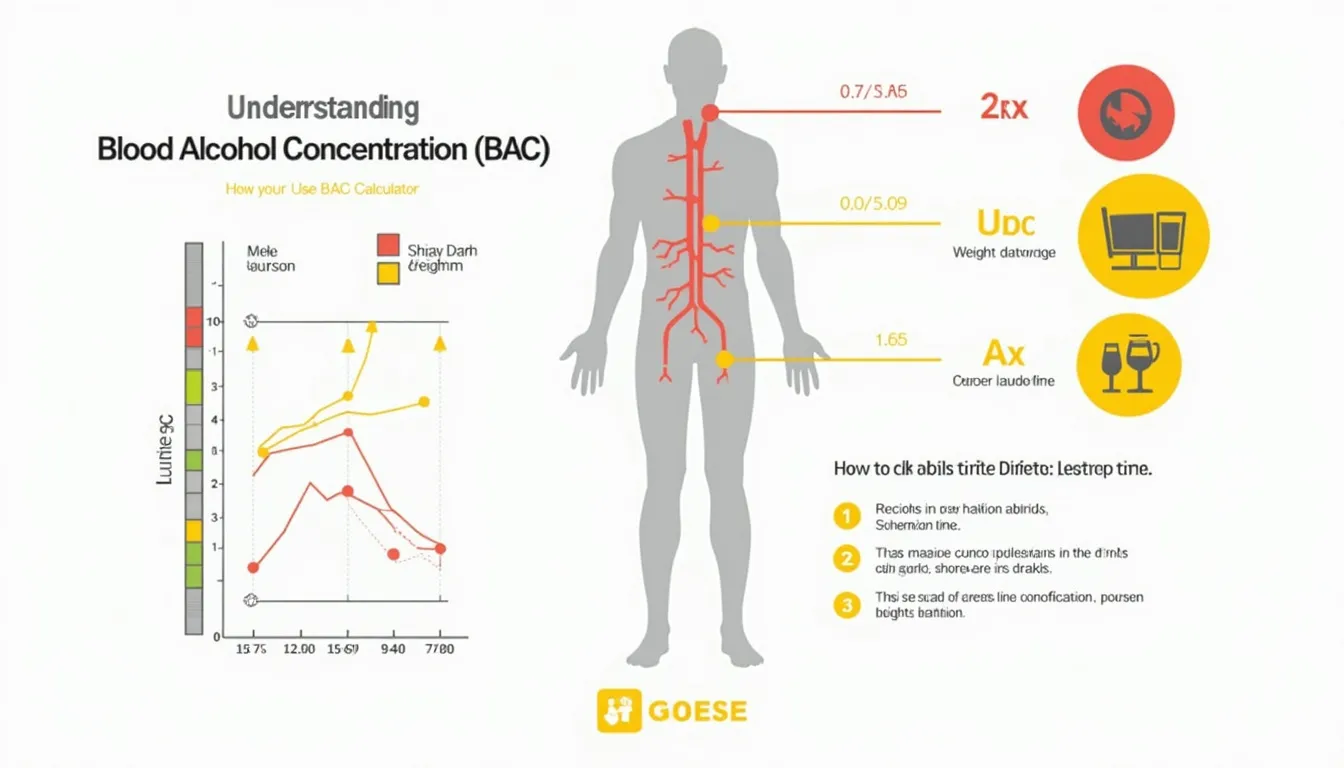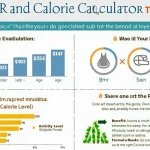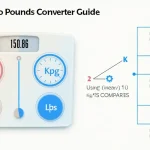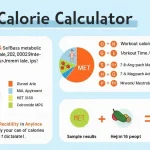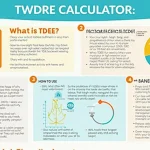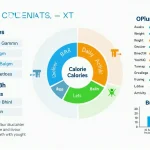Disclaimer: This calculator provides an estimate only and should not be used to determine one's ability to drive or operate machinery. Always drink responsibly and never drink and drive.
Is this tool helpful?
How to use the tool
- Select gender – pick “Male” or “Female.”
Example inputs: Non-binary users can choose the closer match; assume “Female” if unsure. - Enter weight – choose pounds or kilograms.
Sample 1: 140 lbs
Sample 2: 82 kg - Add number of standard drinks – round halves allowed.
Sample 1: 5 drinks (e.g., four beers, one shot)
Sample 2: 2.25 drinks (one pint of craft beer plus a small wine) - Hours since first drink – use decimals for fractions.
Sample 1: 2 h
Sample 2: 1.25 h - Hit “Calculate” – the app returns Estimated BAC, hours to zero, and a line graph of decline.
Formula behind the result
$$BAC = rac{A \times 5.14}{W \times r} – 0.015 \times H$$
- A = drinks × 0.6 oz pure alcohol
- W = body weight in pounds
- r = 0.73 (male) or 0.66 (female)
- H = hours since first drink
Worked Example A
- Female, 140 lbs, 5 drinks, 2 h
- A = 5 × 0.6 = 3 oz
- BAC = ((3×5.14)/(140×0.66)) – 0.03 ≈ 0.137 %
- Time to zero = 0.137 / 0.015 ≈ 9.1 h
Worked Example B
- Male, 80 kg (176 lb), 3.5 drinks, 1 h
- A = 3.5 × 0.6 = 2.1 oz
- BAC = ((2.1×5.14)/(176×0.73)) – 0.015 ≈ 0.069 %
- Time to zero = 0.069 / 0.015 ≈ 4.6 h
Quick-Facts
- Standard drink = 14 g (0.6 oz) pure alcohol (NIAAA, 2021).
- Average metabolic clearance = 0.015 % BAC per hour (CDC, 2022).
- U.S. legal driving limit = 0.08 % BAC (NHTSA, 2023).
- “Women reach higher BAC than men after identical drinks” (WHO Global Status Report on Alcohol, 2018).
- One 12 oz 5 % beer equals roughly 1 standard drink (NIH Alcohol Facts, 2022).
FAQ
What is BAC?
Your Blood Alcohol Content shows percent alcohol in blood; 0.08 % means 0.08 g per 100 mL (NHTSA, 2023).
How precise is this calculator?
It uses average metabolic rates; actual BAC varies with genetics, food, and medication (NIAAA, 2021).
Why choose gender?
Body-water ratio differs—0.73 for men, 0.66 for women—changing dilution of alcohol (WHO, 2018).
Does drink type matter?
Only alcohol amount counts; a 5 oz 12 % wine matches a 1.5 oz 40 % shot at 0.6 oz ethanol (NIH, 2022).
Can coffee sober me?
No. “Time is the only cure for intoxication” (CDC, 2022).
How long until I’m safe to drive?
Divide current BAC by 0.015; 0.09 % needs about 6 h (CDC, 2022).
Will eating lower BAC?
Food slows absorption, producing a lower peak but doesn’t speed elimination (NIAAA, 2021).
Do medications change results?
Some drugs boost alcohol’s effect or slow metabolism; consult your pharmacist (FDA Drug Safety, 2023).
Important Disclaimer
The calculations, results, and content provided by our tools are not guaranteed to be accurate, complete, or reliable. Users are responsible for verifying and interpreting the results. Our content and tools may contain errors, biases, or inconsistencies. Do not enter personal data, sensitive information, or personally identifiable information in our web forms or tools. Such data entry violates our terms of service and may result in unauthorized disclosure to third parties. We reserve the right to save inputs and outputs from our tools for the purposes of error debugging, bias identification, and performance improvement. External companies providing AI models used in our tools may also save and process data in accordance with their own policies. By using our tools, you consent to this data collection and processing. We reserve the right to limit the usage of our tools based on current usability factors.
